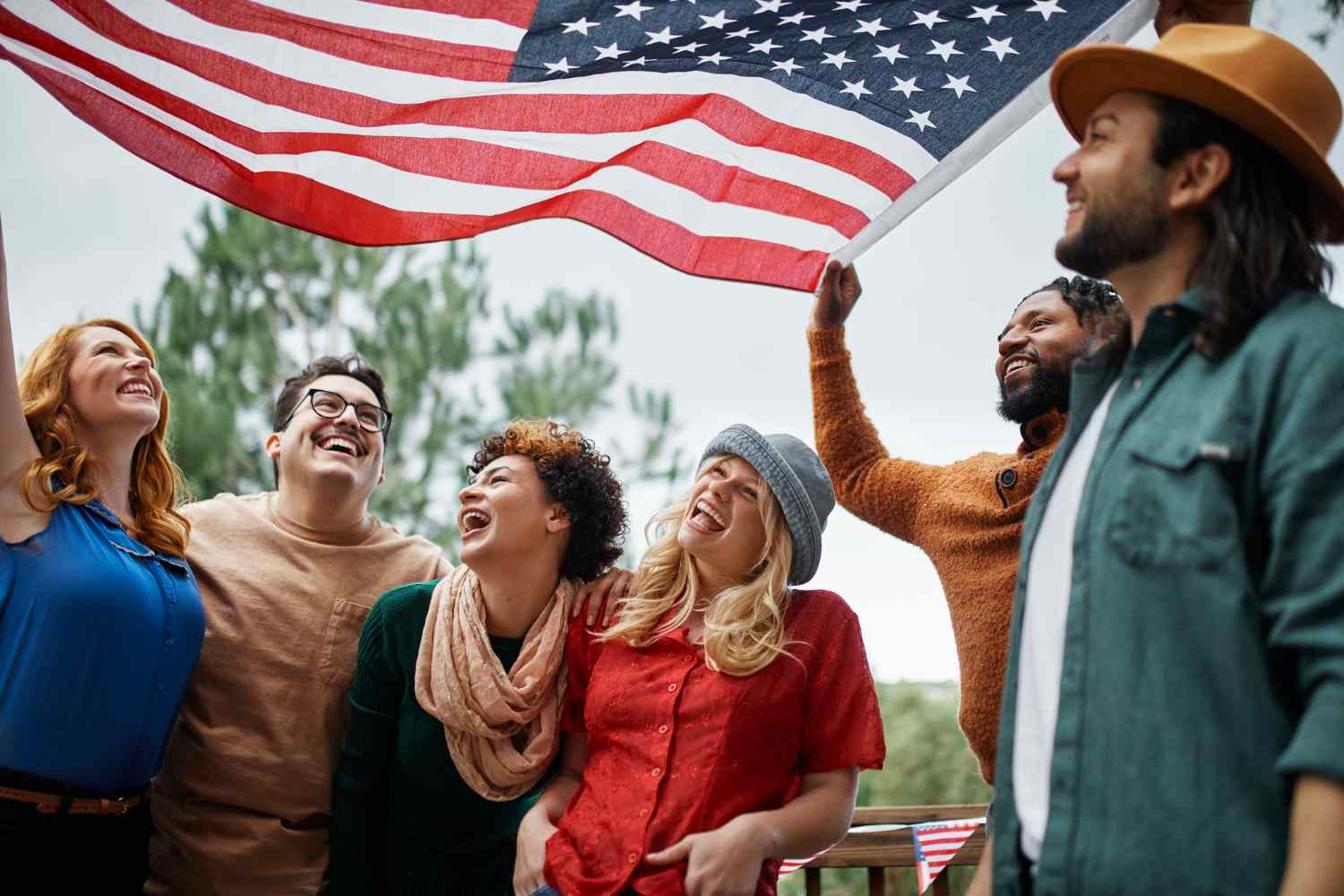Contact Us
Translations provided by native professional translators & proofreaders
Blog
template_view_blogs.php
Summary The translation profession can be difficult to navigate. The difference between a certified and a sworn translator can be especially murky to those outside of the field. Yet both types of translators perform services that are indispensable. Their functions, however, are not the same, especially when it comes to the legal and official contexts… Continue reading Certified vs Sworn Translators: What’s the Difference and When to Use Each? Summary Legal document translation is a delicate task that requires exactness, an understanding of the law, and knowledge of the document’s intent. It could justifiably be said that translating a legal document is one of the more challenging translation tasks to undertake. This is because a legal text has certain hallmarks that set it apart… Continue reading How to Translate Legal Documents: Step-by-Step for Accuracy and Legality Every culture has unique traditions and customs that make it distinct. From the enthralling rituals of the heart of Africa to the vibrant festivals of Asia, cultural diversity molds the way people celebrate, as well as the way they live and interact with one another. This blog takes a look at ten unique cultural practices… Continue reading 10 Fascinating Cultural Traditions Around the World You Need to Know Summary Have you ever thought about what the oldest language in the world could be? It’s an interesting idea that’s enticed linguists, historians, and just plain-inquisitive folks for centuries. While we may never know the precise “first” language, we can look into some of the very earliest human languages that have influenced the way we… Continue reading What Is the Oldest Language in the World? History and Surprising Facts Summary The essential part of worldwide communication in sectors like manufacturing, engineering, and technology is the translation of technical documents. Precision is key, whether the materials in question are technical specifications, user manuals, or engineering blueprints. This blog, then, is a comprehensive “how-to” for communicating the essence of your technical documents in translation. It hand-holds… Continue reading A Guide to Technical Document Translations: Accuracy, Process & Standards Summary When you require a document for translation and it’s meant for official use—like legal matters, immigration, or business—you might be asked to provide a certificate of translation accuracy. This is a statement from the translator that serves to verify that the translation is indeed as accurate as possible and true to the original document.… Continue reading What Is a Certificate of Translation Accuracy and Why Do You Need One?

Certified vs Sworn Translators: What’s the Difference and When to Use Each?

How to Translate Legal Documents: Step-by-Step for Accuracy and Legality

10 Fascinating Cultural Traditions Around the World You Need to Know

What Is the Oldest Language in the World? History and Surprising Facts

A Guide to Technical Document Translations: Accuracy, Process & Standards

What Is a Certificate of Translation Accuracy and Why Do You Need One?


